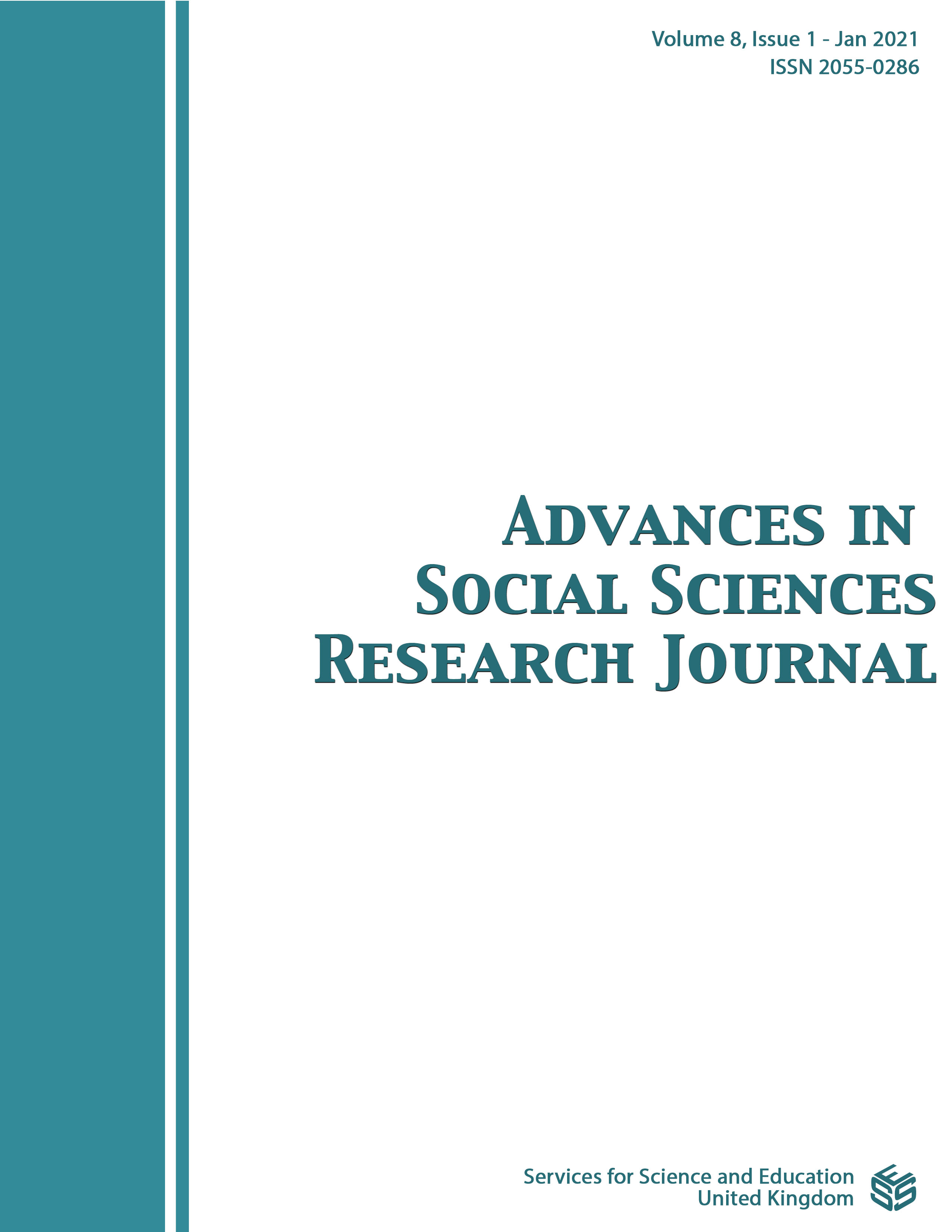A Study of The Quality of Cement Sand Mix in Sandcrete Block Moulding in Ondo State Nigeria
DOI:
https://doi.org/10.14738/assrj.81.9620Keywords:
Cement, Sand, Cement Sand Mix, Sandcrete Block, Ondo State Nigeria.Abstract
This study determined the quality of the mix ratio of sand and cement in sandcrete block in Ondo State of Nigeria. This involved the determination of number of headpans of sand that are mixed with one headpan of cement and the ratio of cement sand mix in sandcrete blocks produced in Ondo State. This study was carried out through interview of labourers at the 90 spots of block moulding in Ondo State. Thirty spots were taken each of the three senatorial districts in Ondo State. The study showed the cement sand mix ratio to be 1:11. This implies that there is 83% increase of sand in the mix above the standard. Very weak sandcrete blocks have arisen from this mix ratio over the years and must have contributed to the incessant building collapses. The followings are the recommendations: Sandcrete blocks should be made on the site in an approved machine to be provided by the contractor or an approved supplier and should have a minimum crushing strength of 273.4 tonner per square of gross area at 28 days in case of hollow blockwork. The blocks should be composed of 1:6 cement and sand measured by volume unless otherwise specified or directed on the site, turned three times until an even colour and consistency occur throughout. Water should be added gently from a watering can through a rose, the quantity of water added being just sufficient to secure cohesion. After wetting, the mixture shall be turned over three times and well rammed into moulds and smoothed from the machine on pellets, the blocks should be made to mature under shade in different rows, one block high, with a space between each block and for at least 24 hours. Then they should not be stacked up or removed from shade for at least a further 7 days then stacked up not more than 5 blocks high in shade for a minimum of 14 days. No block should be built into any part of the building until they have been cured for at least 14 days. The faces of blocks except where otherwise described should be left rough for plastering. The concrete blocks generally shall be 450 mm long, 225mm or 150mm deep and of the required thickness.
Keywords: Cement, Sand, Cement Sand Mix, Sandcrete Block, Ondo State Nigeria.
References
ISO 9000: 2005
https//weberdictionary
www.dictionary.com/browse/cement
httpsillen. oxforddictionary
http://www. britanica.com
http://www. neade.com
https: //www.nature.com
https: //www.marriam–webster.com
https: //www. sciencelearn.org.nz
Akinjogbin I O & Balogun K (2013) Quality assurance and it’s effect in preventing building collapse
in Nigeria, First International Conference of Faculty of Environmental Studies, Rufus Giwa Polytechnic Owo Nigeria: Emerging Environmental Challenges and City Sustainability in the 21st Century. Conference proceedings, 12th-13th February, 2013.
Ayodele E. O. (2010) Quality of mix of concrete utilized in building projects development by private
owners in Ondo State Nigeria. International Journal of Pure and Applied Science (3)
1, 108-114.
Asika N (2000) Research Methodology in the Behavioural Science. Paraclete Publishers, Yola
Nigeria
Ayodele E. O (2017) Development of a framework for minimizing errors in construction documents
in Nigeria, PhD Thesis, School of Built Environment, University of Salford, U. K.
Bamgbopa O (2002) An assessment of building regulations and standards and the implications for
building collapse in Nigeria, In ed. Ogunsemi D R (2002) Building collapse: causes, prevention and remedy. Conference proceedings of Nigerian Institute of Building Ondo State chapter
Bamidele A (2002) Major causes of collapse of building structures, cited in Fadamiro J A (2002). An
assessment of building regulations and standards and the implications for building collapse in Nigeria, In ed. Ogunsemi D R (2002) Building collapse: causes, prevention and remedy. Conference proceedings of Nigerian Institute of Building Ondo State chapter
Barry R. (1999a) The Construction of Buildings I, Sixth edition. Affiliated East – West Press Private
Ltd. New Delhi.
Barry R. (1999b). The Construction of Building 4, Fourth edition, Affilated East – West Press Private Ltd, New Delhi.
Bye G C (1999) Portland cement, 2nd edition. Thomas Telford. ISBN 0-7277-27664
Fadamiro J A (2012) Some selected reported incidences of building failures/collapses in Nigeria
(1974-2001) cited in Fadamiro J A (2012) Assessment of building regulations and implications for building collapse in Nigeria, In (ed) Ogunsemi D R (2012) Building Collapse: causes, prevention and remedies. Proceedings of workshop organized by NIOB Ondo State, Akure, Nigeria.
Francis A (1972) The cement industry 1976-1914: A history. David & Charles ISBN 0- 7153-7386-2.
Hewlett P (2003) Leas Chemistry of Cement and Concrete, Butterworth - Heinnman
Jagboro G. O. (1996) Measurement and Specifications of Building Works. Fancy Publishers, Ile-Ife,
Nigeria.
Opatunji O A (2018) Building works and Specifications.Ede Publishers, Nigeria.
Downloads
Published
How to Cite
Issue
Section
License
Authors wishing to include figures, tables, or text passages that have already been published elsewhere are required to obtain permission from the copyright owner(s) for both the print and online format and to include evidence that such permission has been granted when submitting their papers. Any material received without such evidence will be assumed to originate from the authors.






